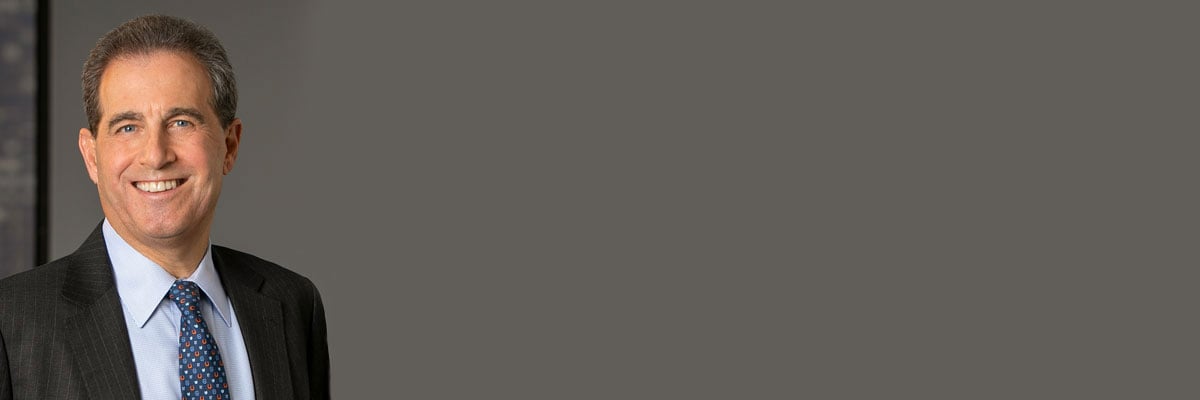In my 35 years of practice at Weil, I have seen the significant evolution of diversity and inclusion within the legal marketplace. Commitment to the recruitment, retention and advancement of diverse talent has been a pillar of Weil’s culture since our inception. In fact, Weil senior partner Ira Millstein chaired the New York City Bar committee that first looked closely at diversity in the profession and steered Weil toward the adoption of its first diversity policy, which then served as a model for the City Bar. This was game-changing for its time. And, in my tenure at the firm, there have been myriad other examples of how we all, as lawyers, have evolved to better think about and appreciate the vital importance of diversity and inclusion, and how we have formalized our efforts to effect lasting change.
That said, I know more than ever how much ground the legal industry still has to cover in becoming sufficiently diverse and inclusive as a profession. Like all our peers in the industry, we have been disappointed at both the pace of change and the continued lack of diversity in the legal profession, especially within the partnership ranks in private practice and across the highest levels of management and decision-making.
All of you in the in-house community have been great role models for those of us within law firms to follow. As a result of your many great examples, we at Weil have instituted a host of consciousness-raising initiatives, mentorship and sponsorship programs, and accountability measures to move from simply talking change to creating change. I have personally been involved for many years in an important one at Weil – the mentoring circles that we have organized for both our female lawyers and our lawyers of color. It has been indescribably powerful to hear first-hand the personal experiences of these lawyers and realize the many challenges they still face day-to-day in the workplace. As leaders, we need to be directly involved in these efforts for them to be successful. The more and varied the sponsorship at the senior management level the better.
To create greater accountability surrounding diversity and inclusion, we have also begun the process of giving our partners who are management committee members, practice or office leaders report cards related to how diverse their teams are. In talking with these leaders, I can say that creating awareness and measurable goals around these efforts has been invaluable.
In reading through the wonderful array of in-house profiles in this issue, I can say that you all – our peers colleagues and clients – face the same difficult questions that we do. I am inspired to hear about the ways that your companies are looking to the future and making your workplaces more diverse and inclusive. We look to a continued partnership in these efforts.
Barry Wolf
Executive Partner
Weil, Gotshal & Manges LLP
